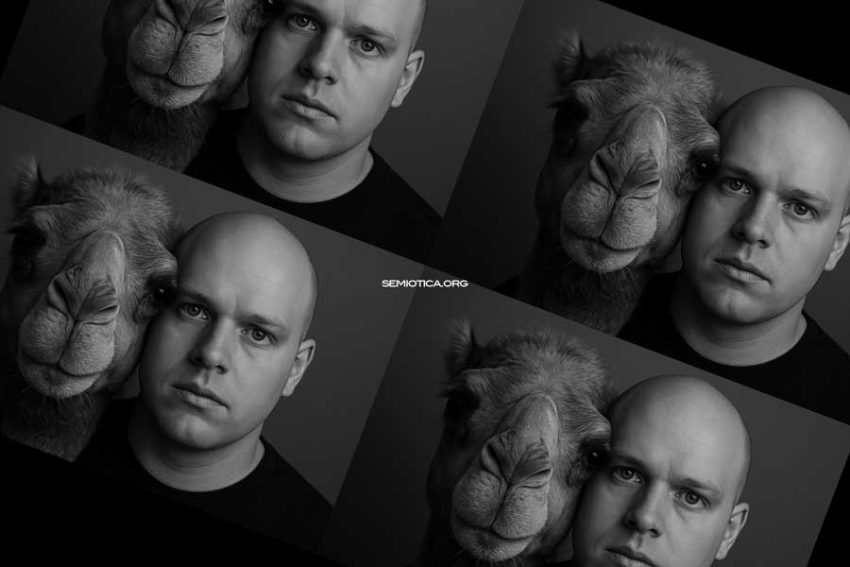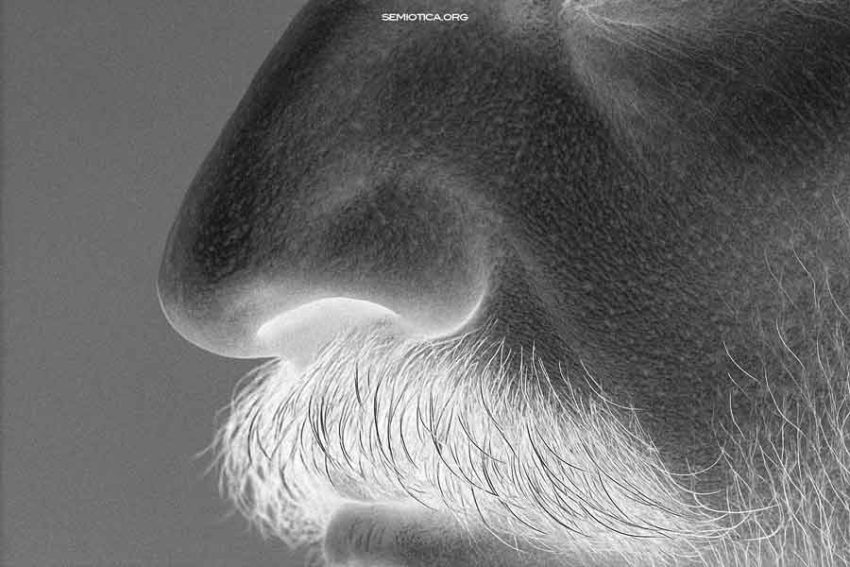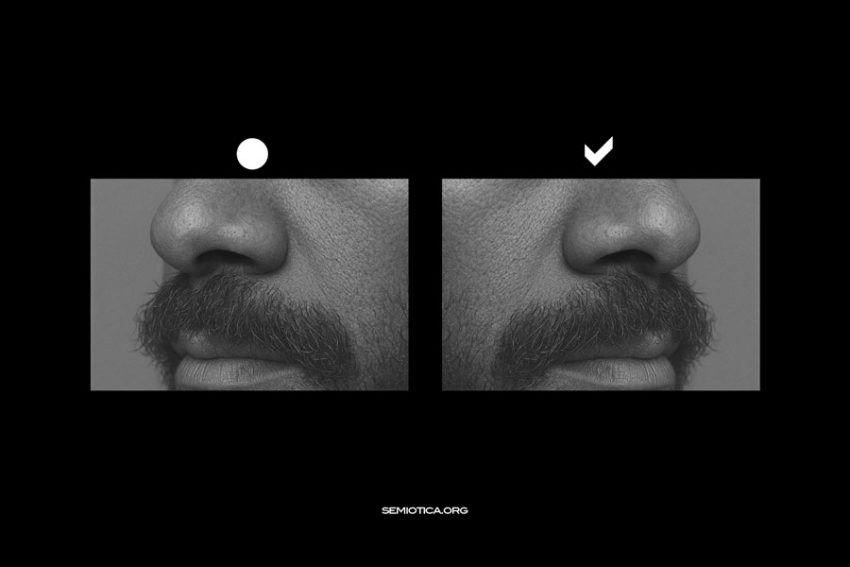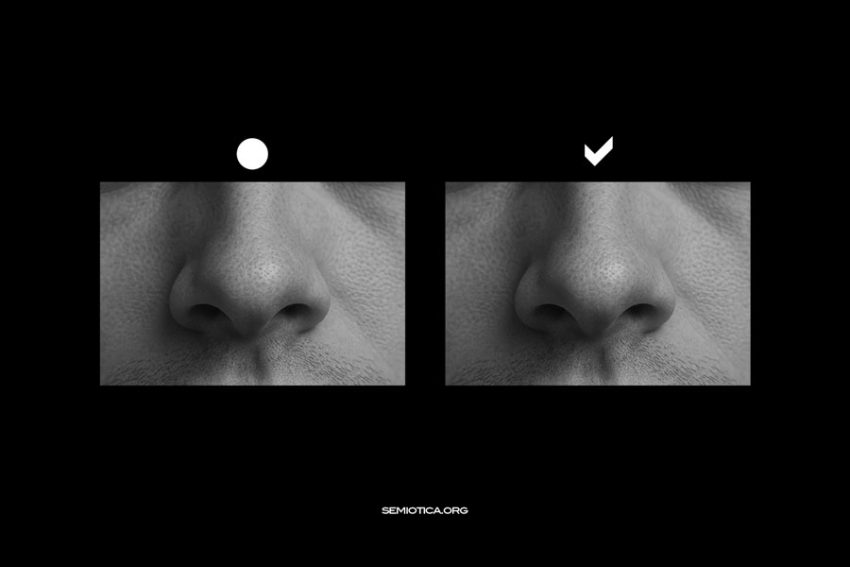The semiotic investigation of myth often returns to two key notions that attempt to capture its smallest meaningful components: the mythologeme and the mytheme. Both terms appeared in the first half of the twentieth century, each emerging from a different intellectual tradition. Their comparison reveals two distinct ways of thinking about the inner organization of myth — one…
La Terzità e il superamento dei dualismi
Claudio Paolucci individua nell’emergere di una “nuova sensibilità” la svolta decisiva che conduce alla nascita della semiotica come disciplina autonoma. È la sensibilità evocata da Umberto Eco, quella capace di dar forma a una “cultura semioticamente orientata”. A renderla operativa è un mutamento epistemologico che investe il modo stesso di pensare il rapporto tra oggetto…
“Relations Are the Children of Interactions”: Relation as the Core of Semiosis
In Semiosis and Human Understanding, John Deely states that “you really can’t get very deep into semiotics without involving relations.” For him, relation—rather than substance, perception, or consciousness—is the formal heart of semiosis. Yet, as he observes, “in the history of philosophy, there is no concept more talked about and less thought about than relation.” Deely begins with…
La conoscenza come rete di relazioni: le dipendenze secondo Hjelmslev
Per Hjelmslev, lo scopo dell’analisi non consiste nel dividere un oggetto in parti, ma nel descrivere le relazioni che le tengono insieme. Egli scrive che «ciò che importa non è la divisione di un oggetto in parti, ma uno svolgimento dell’analisi conforme alle interdipendenze fra queste parti e che ne renda conto adeguatamente». Da questa…
From Saussure to Structuralism: The Roots of Semiotic Thought
European structuralism finds its roots in the theoretical horizon opened by Ferdinand de Saussure. Yet, as Anne-Gaëlle Toutain and Ekaterina Velmezova observe, this origin is as much historical as it is problematic: “while such a conception corresponds to a historical reality, it nevertheless constitutes a theoretical and epistemological error.” The structuralists, they explain, misunderstood the content…
Il significato come ipotesi: genesi strutturale e complementarietà asimmetrica
Il significato non è un’entità secondaria o derivata, ma nasce insieme ai termini che lo costituiscono, come effetto della loro relazione strutturale. Non ci sono prima le cose e poi i loro significati. Al contrario, scrive Daniele Barbieri, “senza significati non ci sono cose, senza cose (strutturalmente definite per Opposizioni) non ci sono significati”. Questa prospettiva si fonda…
The Semiotic Study of Myth in Mass Culture
Is myth still relevant to everyday life? Can we say that myth still lives among us, though perhaps in altered forms? Even in the twenty-first century it remains an enigma for researchers, a phenomenon that has been examined through the lenses of ethnography, literary theory, philosophy, psychology, religious studies, and anthropology. In the mid-twentieth century,…
Il paradosso fondativo della semiotica: vedere ciò che prima era invisibile
Nel ripensare la genealogia della semiotica, Claudio Paolucci introduce un’ipotesi radicale: la possibilità di leggere il passato in chiave semiotica non è data dalla mera esistenza di riflessioni sul linguaggio e sul segno, ma dalla fondazione stessa della disciplina. È infatti questa fondazione – nella sua forma duplice, peirciana e saussuriana – che rende visibile…
Dalla tassonomia all’ideologia: la costruzione assiologica del testo
Patrizia Magli mostra come il valore non si limiti a una funzione tassonomica o a una proiezione timica individuale, ma possa costituirsi come sistema assiologico all’interno di un testo. L’assiologia è la struttura valoriale profonda che sostiene il racconto: una forma di organizzazione dei contenuti, derivata dall’investimento della categoria timica su una categoria semantica. Tutto parte da…
Augustine and the Birth of a General Notion of Sign
In Semiosis and Human Understanding, John Deely recalls that the very possibility of semiotics as a discipline—what he calls doctrina signorum—appeared only “late in the 4th century AD,” when Augustine of Hippo formulated, for the first time in recorded thought, a general notion of sign that embraced both nature and culture. According to Deely, Augustine proposed that “a sign is…









